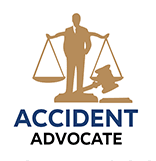Understanding Comparative Negligence: How Shared Fault Affects Your Accident Claim
After a car accident, one of the most important factors that will determine your compensation is comparative negligence. This legal concept defines how fault is shared when multiple people contribute to an accident — including you.
In this article, we explain what comparative negligence means, how it differs from other fault rules, and how it could influence your personal injury claim. If you share partial responsibility or believe the other party was more at fault, this guide will help you protect your legal rights.
What Is Comparative Negligence?
Comparative negligence allows courts to divide responsibility between all parties involved in an accident. Instead of blaming one person entirely, this system recognizes that multiple drivers may share fault to varying degrees.
States typically use one of two systems:
- Pure Comparative Negligence
You can still recover damages even if you’re 99% at fault. However, your compensation decreases based on your level of responsibility. - Modified Comparative Negligence
You can recover damages only if your fault remains below a certain threshold — usually 50% or 51%, depending on your state.
Example: If you’re 30% at fault in an accident and your damages total $100,000, you would receive $70,000.
Comparative Negligence vs. Contributory Negligence
Some states still follow contributory negligence, which is much stricter. If a court finds you even 1% at fault, you may lose the right to any compensation.
Most states now use the more flexible comparative negligence model. You can learn more on FindLaw.
Real-World Examples of Shared Fault
Let’s explore how comparative negligence works in real accident scenarios.
Scenario 1: Rear-End Collision
You slow down suddenly to avoid hitting a dog. The driver behind you, who’s texting, crashes into your car. Although they’re mostly at fault, you may share responsibility for braking without warning. In states with a 51% threshold, you can still receive compensation if your share of fault is under 51%.
Scenario 2: Intersection Accident
As you make a left turn, another driver speeds through a yellow light. A court determines you’re 40% at fault while the other driver bears 60% of the blame. If your damages amount to $50,000, you receive $30,000.
How Insurance Companies Use Comparative Negligence
Insurance companies often use comparative negligence to minimize your payout. Adjusters may argue that you contributed more to the accident than you actually did.
Be careful with what you say during insurance calls. Even casual remarks can lead to higher blame percentages. A personal injury attorney can fight unfair fault assignments and help you secure a fair settlement.
Read more about how insurers evaluate claims on the Insurance Information Institute website.
What to Do After an Accident When Fault Is Shared
If you may share fault in an accident, take these steps to protect your claim:
- Take photos: Capture damage, road conditions, skid marks, and injuries.
- Collect witness statements: Eyewitness accounts can support your version of the incident.
- Seek medical care immediately: Quick treatment strengthens your case and documents your injuries.
- Stay off social media: Avoid posting anything about the accident or your condition.
- Contact a personal injury lawyer: A legal expert can help reduce your share of fault and maximize your compensation.
How a Personal Injury Lawyer Helps in Shared Fault Cases
Even if you’re partly responsible for the accident, a skilled lawyer can still help you recover money. They gather evidence, negotiate with insurers, and ensure that no one unfairly assigns you more blame than necessary.
Lawyers also understand how state laws apply to your case. Their guidance can mean the difference between losing your claim and receiving thousands of dollars in compensation.
Final Thoughts
Understanding comparative negligence gives you a major advantage after a car accident. Knowing how fault is calculated — and how it impacts your recovery — helps you make better decisions during your case.
If you’re unsure how much fault you may carry, don’t guess or go it alone. Contact Accident Advocate today for a free consultation. We’ll review your case, fight for your rights, and help you get the compensation you deserve.




